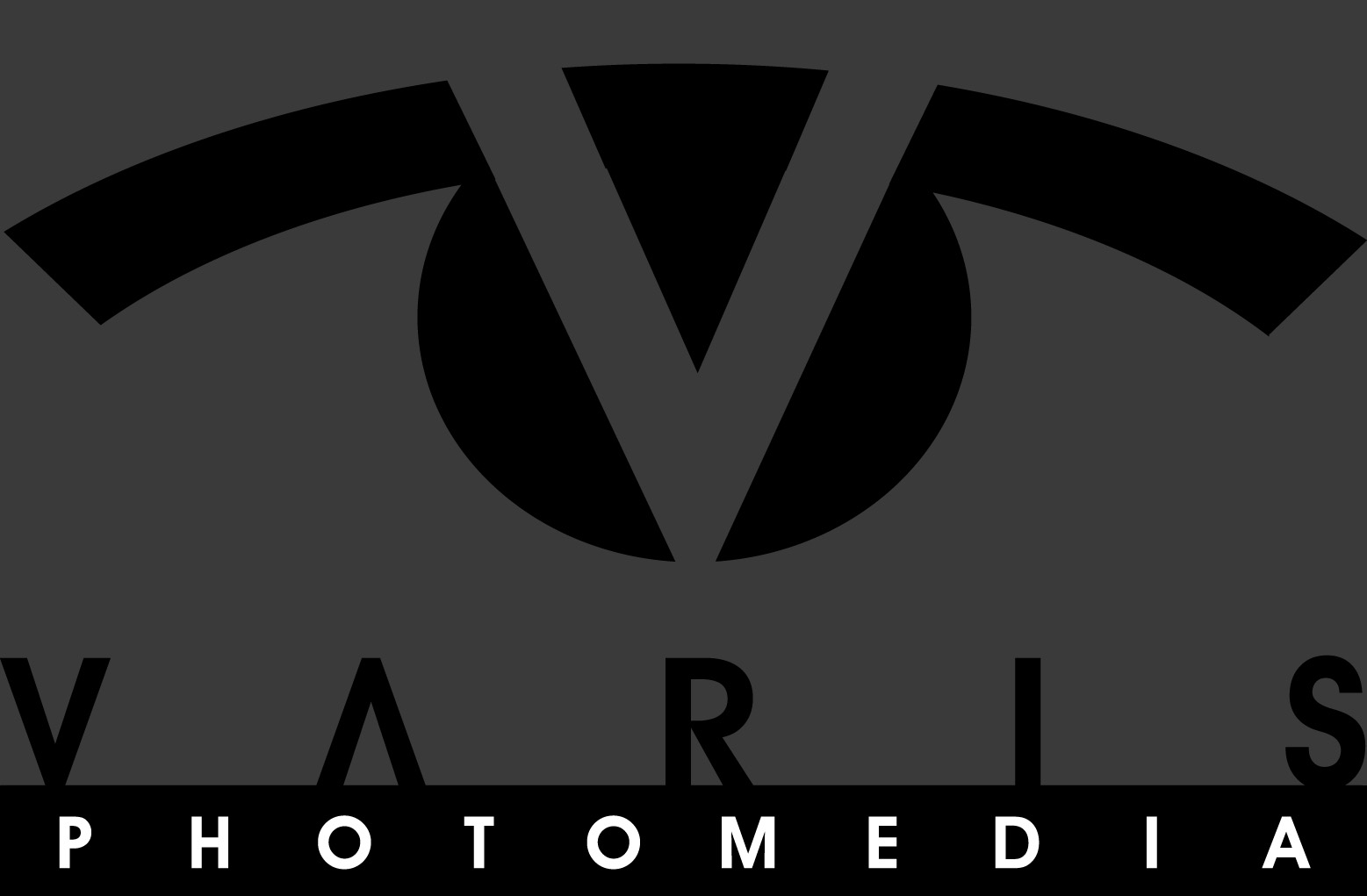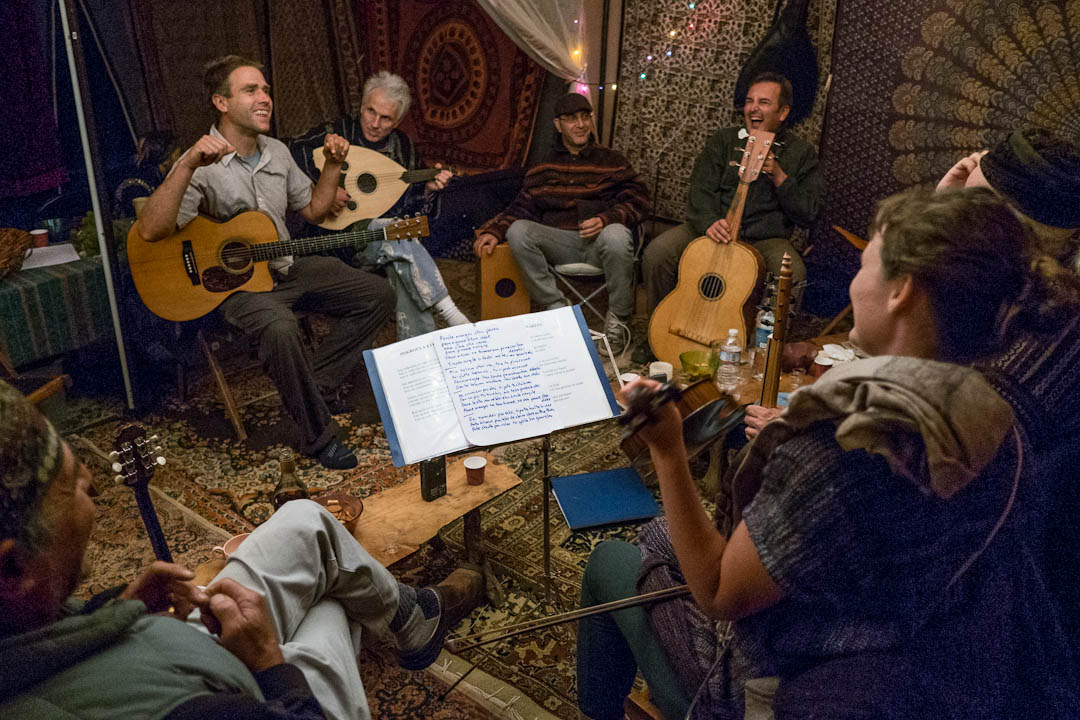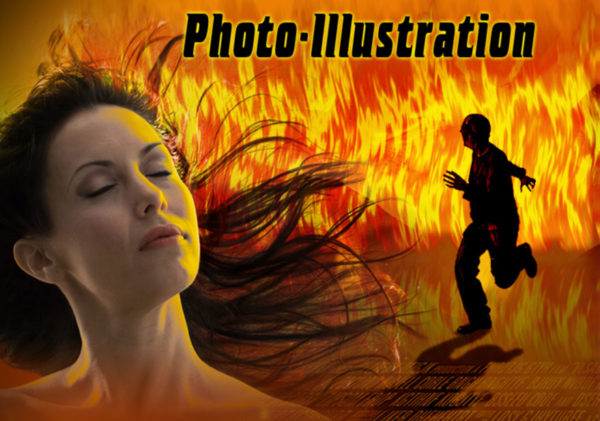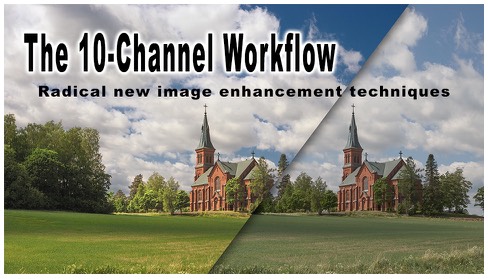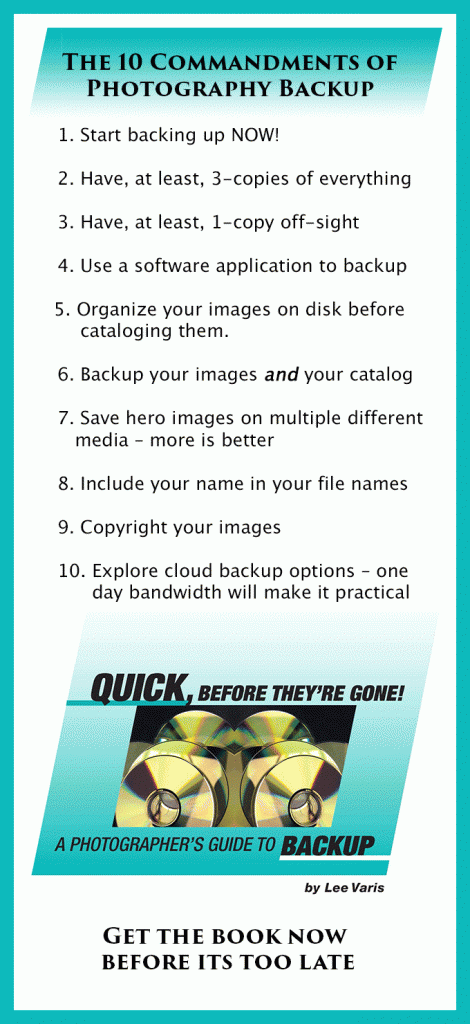Video Adventures at Lark Camp
I went to Lark Camp—a world music camp nestled in the coastal rainforest of the Mendocino Woodlands—this past July/August, as part of my annual pilgrimage, but also to begin a project to produce a documentary about this unique musical experience. I have always thought of myself as a photographer first and as an amateur musician, second. The music camp experience has become a kind of escape into music that I look forward to every year. This year I decided to create a project for myself in order to learn video production; I would shoot a documentary using my Canon 5D mkII ! Now, I’ve shot video before, and in fact, I’ve had very good luck getting very professional results. ( you can see an example of this in my music video for “The Hour of Separation” on YouTube: http://youtu.be/8SxGJ1w4BFw ) However, this was a different animal altogether! I was working in an uncontrolled wilderness environment, constantly changing locations, with only available light, and no help whatsoever. Plus, I still wanted to concentrate on music and have a good time—often things that were in direct conflict with producing idea footage. Well… this wasn’t a paying gig, and there was no pressure to actually succeed, so I tried to relax and do the best I could, without stressing about it too much. I saw it as primarily a learning experience for me, an opportunity to learn editing software and create a movie that relies on stills as well as video.
Along the way, I learned some very valuable lessons by making some serious mistakes. I thought I’d share some of these with you here.
1. Focus is a big deal – there is no easy auto-focus solution! I discovered that although I could get pretty reasonable results locking focus for a static shot, moving the camera is fraught with focussing peril. Still camera lenses are designed to have minimal focus movement so that the auto-focus motor can rapidly turn the barrel into focus. The problem for video is that once focus is achieved with auto pre-focus, it is extremely easy to bump the barrel out of focus—only a small movement has dramatic effects. I would often find myself locking focus on the subject and then somehow budging the focus ring, ever so slightly so that my footage was back focussed with the subject just slightly out. You can see the effect in this clip of Radim Zenkl playing mandolin:
http://www.youtube.com/watch?v=zIOC5Sa5cuU
You can see two guys in the background, completely in focus, while the main subject is just out of focus—very annoying! As it turned out, this was not a random event! I had way too many shots like this. My procedure was always to pre-focus on the subject the way I would when shooting a still. The biggest problem, I think, is that with video, you don’t end up shooting right away, you end up fiddling with the camera a little bit, putting it into Live View, etc… and that is when the lens can get bumped (or shaken). It is now my policy to tape the lens down right after getting focus:
The new cine lenses are less prone to this type of focus drift because they have a much longer throw in the focus ring, a small movement doesn’t have as significant an effect. I still think it would be a good practice to tape the lens down when there is no “focus pulling” during a take.
I also learned a little tip about audio, especially since this documentary is about a music camp—audio is important—and its difficult to manage all by yourself while you are concentrating on shooting. Ever since firmware updates gave the Canon camera the ability to set audio levels manually, I’ve been in the habit of taking the time to do this right before shooting. However, in the run-and-gun environment I found myself in, this just turned into a pain. In desperation, I set the audio on auto-gain and… it turned out great! My video rig is designed to be as minimal as possible because I needed to switch back and forth from shooting video to shooting stills. The audio was all handled by a Rode, on camera mic. This small stereo mic fits in the hot shoe and is a perfect match for the IDC follow focus rig
Many times I didn’t use the follow focus rig or the viewfinder because I was often shooting stills, and those things just got in the way. I always kept the microphone on though —even for quick video recordings, the external mic just does a better job. Having the audio on auto-gain meant that I could just start recording and know that I would have decent sound. The only time the auto gain was problematic was when there was noise near the mic and it caused the audio to dip momentarily. All-in-all, though, it turned out to be better than I thought it would be and I didn’t have to constantly adjust the audio.
Here are a few video clips from the, as yet, unassembled documentary:
